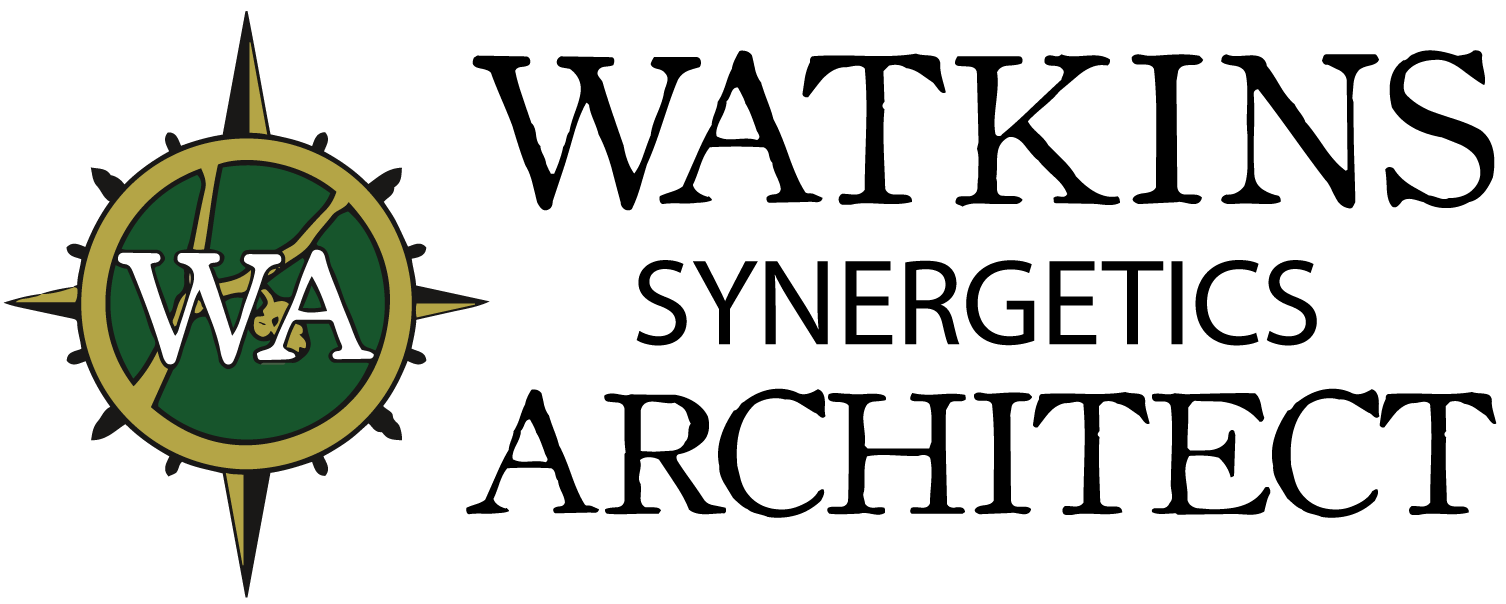The real estate industry produces nearly 40% of all carbon dioxide emissions. So, it is becoming more vital that existing buildings and future properties are built sustainably. Luckily, LEED-certified buildings are paving the way toward greener, cleaner cities. In fact, many organizations have developed green-building certifications, such as LEED to combat the growing threat of climate change.

What does LEED stand for?
LEED stands for “Leadership in Energy and Environmental Design.” It is the most used green building rating system in the world. LEED was created by the U.S. Green Building Council (USGBC) in 1993 and has since transformed how buildings are designed, constructed, and operated.
How does a building get a LEED certification?
A building receives a LEED certification when it scores enough points to land in one of the four certification levels.
The four LEED-certification levels are:
- Certified: 40-49 points
- Silver: 50-59 points
- Gold: 60-79 points
- Platinum: More than 80 points
All LEED-certified buildings must meet all prerequisites first. Prerequisites act as the foundation of the certification. Aside from prerequisites, buildings can customize any credits they wish to pursue in their chosen rating system. Overall, buildings must meet requirements in varying categories related to climate change, human health, water resources, biodiversity, and more.
How does a LEED certification benefit your building?
The benefits of LEED certification are many. For starters, the certification shows you’re serious about using environmentally responsible building practices — which will not only enhance your reputation, but can also help you become a leader in your industry. With more companies taking an interest in green technology, LEED certification makes your home, business, warehouse or facility more attractive to tenants.
There are also financial benefits to becoming LEED certified. According to the USGBC, “LEED buildings have faster lease-up rates and may qualify for a host of incentives, like tax rebates and zoning allowances. Not to mention they retain higher property values.”
Top reasons to invest in LEED certification:
1. Reduced energy use and carbon emissions
A University of California–Berkeley study found that LEED-certified existing buildings contributed 50% fewer greenhouse gasses (GHGs) than conventionally constructed buildings due to water consumption, 48% fewer GHGs due to solid waste and 5% fewer GHGs due to transportation.
2. Accountability
USGBC stands for accountability through the LEED third-party certification process. The LEED plaque stands for leadership and demonstrates that a building has been designed and built, and is operating, as intended. Being “built to LEED” or “LEED equivalency” doesn’t exist — there is no substitute for LEED certification.
3. Higher resale value and faster lease-up rates
A recent report from USGBC analyzed LEED-certified buildings and properties are consistently more profitable than non-certified spaces in terms of rent (11% higher during the most recent five years) and reduced vacancy.
4. Lower utility costs
LEED buildings use, on average, 25% less energy than conventional buildings. In fact, the average Energy Star score of a LEED-certified building is 89.
5. Less waste
By 2030, LEED projects will have diverted more than 540 million tons of waste from landfills. For projects that want to dig deeper into waste reduction, the TRUE zero waste program is also available.
6. Improved employee retention
LEED-certified buildings can help companies attract talented employees. Plus, with strategies focused on thermal comfort and access to daylight, views and good indoor air quality, worker satisfaction in LEED-certified offices tends to be high, decreasing employee turnover. This is especially true among younger workers, who place a high value on working for employers that are green-minded and “walk the walk.”
7. Ability to meet ESG goals
LEED helps investors meet their ESG goals by providing them with a robust and globally recognized green building framework to measure and manage their real estate performance. The COVID-19 pandemic created an increase in tenant demand for spaces that met ESG goals, and LEED-certified assets have had lower vacancy rates than their conventional counterparts since the pandemic began. The 10-year time span of buildings covered in the study also suggested to the analysts that LEED spaces are more resilient overall during periods of market downturn or following a recession.
8. Tax benefits
Depending on where you are, LEED certification may qualify for tax breaks. In some cases, LEED buildings are located in special economic growth zones that can even mean paying little to nothing in state or local taxes.
9. Solid data on asset performance
LEED measures operating performance through the LEED for Existing Buildings: Operations and Maintenance rating system, which provides a road map for property managers, portfolio owners and service providers to verify the ongoing energy, water, carbon, waste and human experience performance of their buildings.
10. Knowing LEED works
More than 100,000 projects are using LEED to meet their goals, counting on its proven track record and third party verification. Be a part of the growing global green building community.
At Watkins Architect, we have architects on staff who are LEED certified and have the ability to assist you in design, planning, implementing, and completing the appropriate paperwork to have your building become LEED certified. Our staff has assisted many commercial buildings in the Berks County area, as well as across the United States, to become LEED certified. Contact us today to learn more and to schedule a meeting. Explore our list below of completed LEED projects and the details on what went into their projects to help achieve the LEED certification.
Learn more at https://watkinsarchitect.com/leed/
